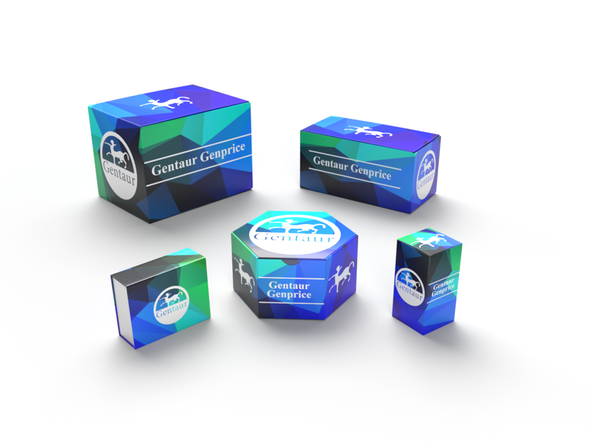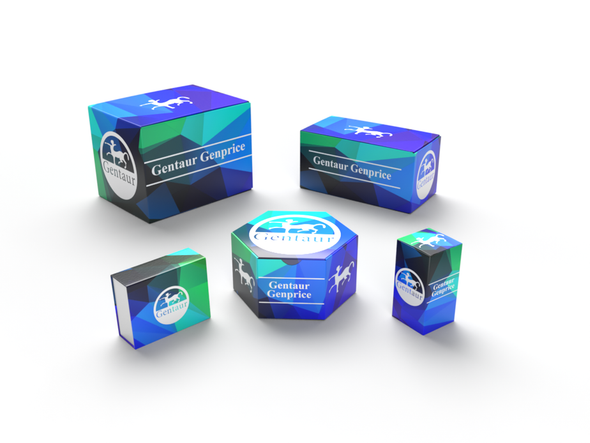740
Bovine Transmembrane emp24 domain-containing protein 9 (TMED9) ELISA Kit | AE14721BO
- SKU:
- 740-AE14721BO
- Availability:
- Usually ships in 5 working days
Description
Bovine Transmembrane emp24 domain-containing protein 9 (TMED9) ELISA Kit | AE14721BO | Gentaur UK, US & Europe Distribution
Species Reactivity: Bovine (Bos taurus; Cattle)
Abbreviation: TMED9
Alternative Name: HSGP25L2G; gp25L2 protein
Application: ELISA
Range: Request Information
Sensitivity: Request Information
Intra-Assay: ≤5.4%
Inter-Assay: ≤10.2%
Recovery: 0, 98
Sample Type: Serum, Plasma, Other biological fluids
Detection Method: Sandwich
Analysis Method : Quantitive
Test Principale: This assay employs a two-site sandwich ELISA to quantitate TMED9 in samples. An antibody specific for TMED9 has been pre-coated onto a microplate. Standards and samples are pipetted into the wells and anyTMED9 present is bound by the immobilized antibody. After removing any unbound substances, a biotin-conjugated antibody specific for TMED9 is added to the wells. After washing, Streptavidin conjugated Horseradish Peroxidase (HRP) is added to the wells. Following a wash to remove any unbound avidin-enzyme reagent, a substrate solution is added to the wells and color develops in proportion to the amount of TMED9 bound in the initial step. The color development is stopped and the intensity of the color is measured.
Product Overview: TMED9 Belongs to the EMP24/GP25L family.Contains 1 GOLD domain. Members of the p24 (p24/gp25L/emp24/Erp) family of proteins have been shown to be critical components of the coated vesicles that are involved in the transportation of cargo molecules from the endoplasmic reticulum to the Golgi complex. The p24 proteins form hetero-oligomeric complexes and are believed to function as receptors for specific secretory cargo. The identification of the GOLD domain could aid in directed investigation of the role of the p24 proteins in the secretion process. The newly detected group of GOLD-domain proteins, which might simultaneously bind membranes and other proteins, point to the existence of a novel class of adaptors that could have a role in the assembly of membrane-associated complexes or in regulating assembly of cargo into membranous vesicles.
Stability: The stability of ELISA kit is determined by the loss rate of activity. The loss rate of this kit is less than 5% within the expiration date under appropriate storage condition. The loss rate was determined by accelerated thermal degradation test. Keep the kit at 37°C for 4 and 7 days, and compare O.D.values of the kit kept at 37°C with that of at recommended temperature. (referring from China Biological Products Standard, which was calculated by the Arrhenius equation. For ELISA kit, 4 days storage at 37°C can be considered as 6 months at 2 - 8°C, which means 7 days at 37°C equaling 12 months at 2 - 8°C) .






